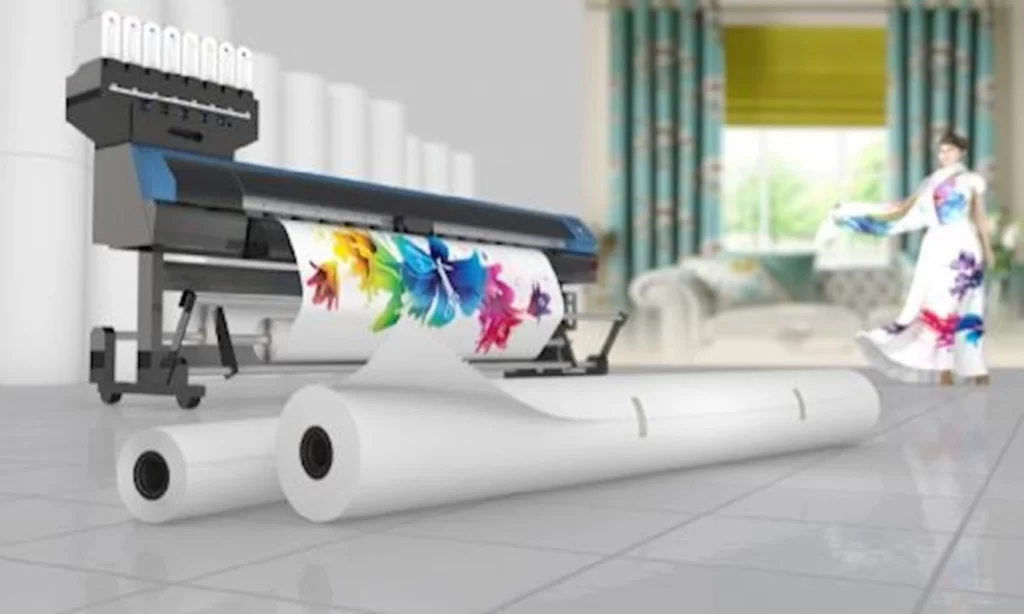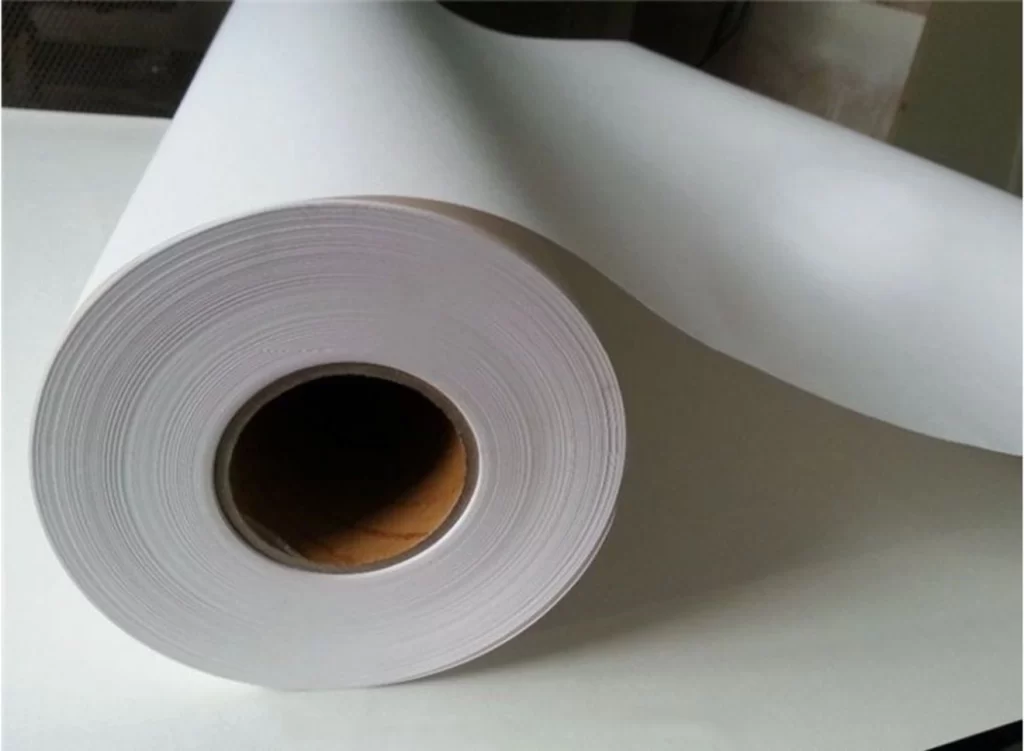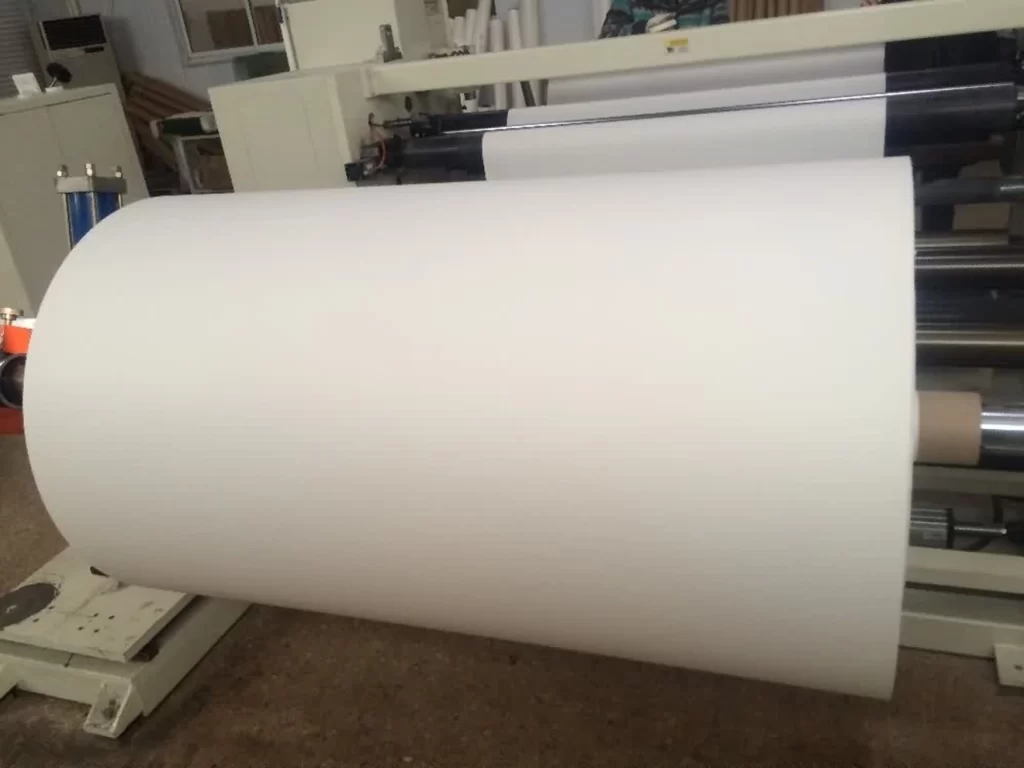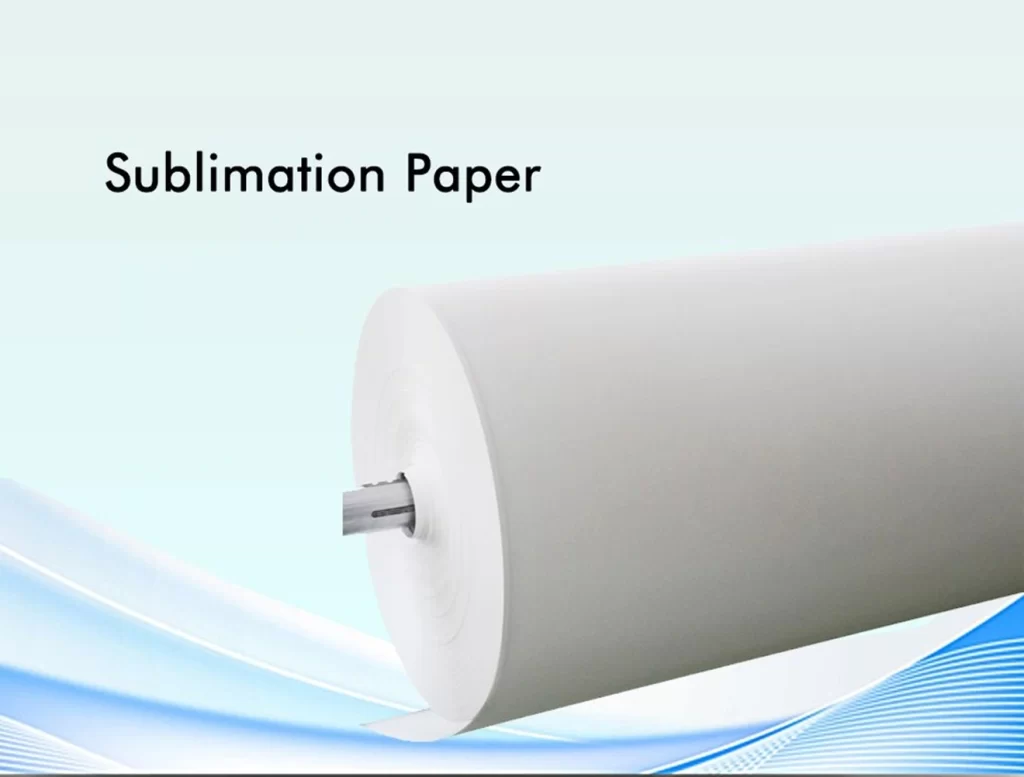How to Use Sublimation Paper [Tips and Techniques 2025]
Have you ever seen a cup or a shirt with an eye-popping, colorful pattern that looks like it’s printed on the fabric? That’s the secret of sublimation printing! It is an excellent means to produce lively, permanent artworks on diverse surfaces, such as fabric, wood, or metal.
In this guide, I’ll be breaking down the sublimation paper, discussing the benefits, and various types, and how to use it to bring you captivating details on your personalized items.
But before you start the printing process, you’ll need a key component: a sublimation paper. This particular coated paper serves as a mediator and helps to print your designs from mugs to even t-shirts, phone cases, and so on.
If you just entered the sublimation printing world and wondering what this magical material is about, theprinterexpert.com has got you covered.
Table of Contents
What is a Sublimation Paper?
At first sight, it might seem that sublimation paper is the same as your typical printing paper, though. But it works with a unique heat-sensitive lining. The coating is designed to absorb sublimation ink during DTF printing that turns into gas when heated.
In the sublimation process, the print on the paper converts into a gaseous state when the heat press is applied. This gas then bonds with the polyester fibers of the recipient material to give a permanent full-color image.
This paper is available in various sizes, weights, and thicknesses to meet different types of printers’ requirements. Choosing the right paper is very important for your business, otherwise the prints will be poor in quality, or even harm the equipment.
Composition of Sublimation Paper
Sublimation paper is the main player of sublimation printing. It is coated with a unique layer that absorbs the sublimation ink and keeps it in place during the heat transfer.
The paper’s composition and coating qualities are critical to producing high-quality, accurate prints. The paper is engineered to withstand high heat without warping or curling, ensuring smooth printing and transfer processes.
Additionally, it often includes a moisture-resistant backing to prevent ink from seeping through, making it an essential tool for successful sublimation printing.

Types of Sublimation Paper
Sublimation paper is a popular choice for printing enthusiasts. With the right paper type, you can print like a pro to take crafting to the next level. It comes in various forms to suit different project needs:
- Standard Sublimation Paper: This is the most common type that is ideal for light-colored polyester fabrics like t-shirts and tote bags.
- Heavy Weight Sublimation Paper: This thicker paper is perfect for applications requiring more rigidity, such as mousepads and phone cases.
- Soft Sublimation Paper: This flexible paper is designed for curved surfaces like mugs and tumblers.
Using a Sublimation Paper: A Step-by-Step Guide
Sublimation printing is the coolest way to customize dark-colored shirts. There are some tools you have to consider before starting the printing process.
- A compatible inkjet printer or sublimation printer
- Sublimation paper
- Sublimation inks
- Heat press
- Heat resistant tape
- Design software
Now you have the basics, let’s start the step-by-step sublimation printing process to get the best possible results:
- Design Creation: Design your image using software compatible with your printer for sublimation printing. Remember to mirror the image as it will be flipped during transfer.
- Print on Sublimation Paper: Ensure your sublimation printing machine is set to the correct sublimation ink setting for optimal results.
- Prepare your Substrate: Lint-roll your fabric or ensure your hard surface is clean and dust-free. Preheat the garment for a few seconds to remove the wrinkles and moisture.
- Position the Design: Put the sublimation paper which has the printed design on its back side onto the substrate (if the substrate is polyester fabric, ceramics, metal, or so on). And fix the place by using heat-resistant tape.
- Heat Press Time: Use heat and press to apply the design with the help of a heat press machine. The heat causes the sublimation ink on the paper to sublimate into a gas, and then this gas permeates the surface of the substrate and bonds with the fibers of the substrate.
- Cooling: After that, remove the paper and let the substrate be at room temperature. The ink solidifies in the substrate making a permanently vivid print.

Benefits of Using Sublimation Paper for Printing Process
Printing customized shirts using sublimation paper has several benefits that are as follows:
Vibrant Colors
As far as the biggest benefits of sublimation paper are concerned when it comes to putting a wider color gamut. In contrast to traditional printing techniques like screen printing, it enables the ink to pass through the material resulting in dazzling prints that last for a long time.
Sublimation printing paper is indeed the perfect way to produce highly durable color prints on materials like paper and fabrics that do not fade over time.
Durable Results
The higher the paper quality the longer it can serve customers. The material absorbs the ink thus forming an unremovable and wash-resistant design with no peeling and fading.
Your prints not only do not fade away and crack, but they can also keep their delicate color even after many washes and the most extreme environmental conditions.
Versatility
In addition to vibrant colors and durable results, it offers versatility. Sublimation works on various polyester-based materials, opening doors for creative projects on fabrics, mugs, phone cases, and more.
Superior Image Quality
This product is characterized by much better image quality and definition compared to any other material. Since dye-sublimation prints do not use ink, instead transfer the dye onto fabric using heat and pressure, the images do not fade.
The fine details and low-contrast areas are furnished well as high-contrast areas with great accuracy. This level of precision and clarity is necessary in the usage of application such as in the photocopying or replication of artworks.
Professional Look
Sublimated designs have a smooth, professional finish that feels integrated with the material, unlike traditional printing which sits on top. The process ensures even the minute detail and gradients are accurately reproduced to result in visually striking prints.
Application of Paper
Sublimation paper opens up a world of creative possibilities across various industries and applications:
Apparel and Fashion
Sublimation paper is one of the commonly applied materials on the market which is mainly used for printing self-designed clothes, for instance, T-shirts, jerseys, leggings, or hats, with brilliant full-color images that are never faded or peeled off. Fabric printing capability with versatile materials makes it a must-have product for printmakers.
Promotional Products
Sublimation printing paper lets people add touches of personalization to promotional items like mugs and phone cases, keychains, and mousepads, among others. It gives a good ground for making quality designs, logos, or marketing messages and suits well for corporate branding, events, or gifts.
Home Decor and Custom Gifts
Create stunning household decorations by decorating normal household items with artistic designs on throw pillows, blankets, coasters, and canvas prints using this paper. In the end, whether it’s an engraved photo frame, a puzzle, or a personalized ornament, sublimation printing paper helps you create your own heartfelt, unique gifts for special occasions like birthdays, weddings, or holidays.

Tips for Using Sublimation Paper
To achieve the best results with sublimation paper, consider the following tips:
- Choose the Right Paper: Select sublimation paper specifically designed for your printer and ink type to ensure optimal transfer quality.
- Prepare Your Artwork: Use high-resolution images and vibrant colors in your designs for the best printing results.
- Remove Backing: Ensure to remove the protective back of the paper. It needs to be removed before printing the image onto the paper.
- Ensure Proper Heat and Pressure: Follow the manufacturer’s recommendations for temperature, time, and pressure settings on your heat-press to achieve consistent and durable transfers.
- Practice and Experiment: Familiarize yourself with the sublimation process by experimenting with different substrates, settings, and techniques to discover what works best for your projects.
- Trim the Paper: Trim around the image before pressing it to avoid having a visible square form on your clothing after printing it onto the sublimation paper and letting it completely dry.
- Handle with Care: Handle your printed substrates with care to avoid smudging or damaging the transferred image, and follow proper care instructions to maintain the longevity of your creations.
- Check the Printer Setting: To get the best results of sublimation printing, it’s important to calibrate and follow the proper DTF printer maintenance. Adjust the printer settings to ensure even and accurate ink application on paper. It will help to prevent ink flow and clogging issues.
- Proper Storage of Sublimation Paper: Maintaining its tip top condition to produce high-quality transfers is key. Keep it in cool and dry temperature, away from direct sun exposure. High heat can cause paper to yellow or reduce its effectivity.
- Paper Storage: Store your sublimation paper in a cool, dry place away from direct sunlight. Moisture can affect the quality of the transfer.
- Preheat Your Press: Ensure your heat press is preheated to the recommended temperature for your specific paper and fabric type.
How to Choose the Right Sublimation Paper for Shirt Printing?
Sublimation printing is your go-to choice for the customization of shirts. While choosing sublimation paper for printing, there are a few things to consider for your project:
- Paper Size: Select paper sizes that match your printer and project (e.g., letter size for mugs, and A3 for larger designs). The other common paper sizes available in the market are legal and A4. Unfortunately, not all brands have availability of these paper sheets.
- Paper Weight: Opt for paper with a weight (gsm) suitable for your project. Heavier paper (120gsm+) might be better for printing bold and vibrant colors onto thicker fabrics. But if you care about your budget over detail designing then go for lighter paper. When choosing a sublimation paper for printing, the best paper weight is 105-130gsm.
- Coating Type: Regular sublimation paper works well for most applications. For specific materials like metal or glass, choose specially coated papers designed for optimal adhesion. Clay-coated paper may not be as flashy because of its resin-based coating, but this affordable paper works well on hard surfaces like ceramic and porcelain. To dye onto textile, a superior thickness of reason coated is preferred.
- Inks: Choosing sublimation paper based on ink type is an important factor. The higher the ink limit, the heavier the paper should absorb the ink’s moisture. Water-based inks are best to use for inkjet printers while gel-based inks are compatible with dedicated sublimation printers.
- Fabric Compatibility: Sublimation works best on light-colored, synthetic fabrics such as nylon, Rayon, Lycra, Spandex, and high polyester content (at least 65%). Check the fabric content label of your shirt before you buy sublimation paper.

Conclusion
Sublimation paper is not just a printing tool; it’s a springboard to showcase your ideals in full colors and excellence. Whether you are a highly experienced professional or still discovering your craft, there are no limits with sublimation paper to guide your way.
It is readily available online from craft stores and specialty printing suppliers. Consider factors like paper size, type, weight, and ink needed when making your purchase.
With sublimation paper and a bit of practice, you can create professional-looking personalized items for yourself, and friends, or even start a small business.
So unleash your creativity and explore the world of sublimation printing!
